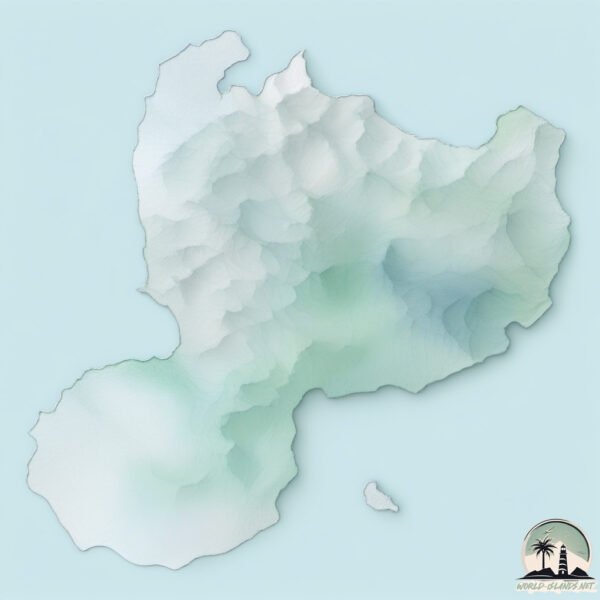Romang

Welcome to Romang, a Tropical island in the Banda Sea, part of the majestic Pacific Ocean. This guide offers a comprehensive overview of what makes Romang unique – from its geography and climate to its population, infrastructure, and beyond. Dive into the details:
- Geography and Size: Explore the island’s size and location.
- Climate and Weather: Weather patterns and temperature.
- Topography and Nature: Uncover the natural wonders of the island.
- Infrastructure and Travelling: Insights on reaching, staying, and making the most of your visit.
- News and Headlines: Latest News.
Geography and size of Romang
Size: 177.2 km²
Coastline: 78.5 km
Ocean: Pacific Ocean
Sea: Banda Sea
Continent: Asia
Romang is a Large Island spanning 177 km² with a coastline of 79 km.
Archipel: Malay Archipelago – The world’s largest archipelago, located between mainland Southeast Asia and Australia, known for its immense biodiversity and cultural diversity.
Tectonic Plate: North America – Covers North America and parts of the Atlantic and Arctic Oceans, characterized by diverse geological features and varying levels of seismic activity.
The geographic heart of the island is pinpointed at these coordinates:
Latitude: -7.57185869 / Longitude: 127.40259751
Climate and weather of Romang
Climate Zone: Tropical
Climate Details: Tropical Savanna, Wet
Temperature: Hot
Climate Characteristics: Defined by distinct wet and dry seasons with high temperatures year-round. Pronounced rainfall occurs during the wet season, while the dry season is marked by drought.
Topography and nature of Romang
Timezone: UTC+09:00
Timezone places: Asia/Tokyo
Max. Elevation: 634 m
Mean Elevation: 218 m
Vegetation: Evergreen Broadleaf Forest
Tree Coverage: 68%
The mean elevation is 218 m. The highest elevation on the island reaches approximately 634 meters above sea level. The island is characterized by Plateau: Elevated flatlands rising sharply above the surrounding area, with a maximum elevation over 500 meters but a mean elevation less than 300 meters, forming unique highland areas on islands.
Dominating Vegetation: Evergreen Broadleaf Forest
Characterized by dense, lush canopies of broadleaf trees that retain their leaves year-round. These forests are typically found in tropical and subtropical regions and are known for their high biodiversity. Romang has a tree cover of 68 %.
Vegetation: 10 vegetation zones – Very Highly Diverse Island
Islands in this range are ecological powerhouses, showcasing a wide array of vegetation zones. Each zone, from lush rainforests to arid scrublands, coastal mangroves to mountainous regions, contributes to a complex and interdependent ecosystem. These islands are often hotspots of biodiversity, supporting numerous species and intricate ecological processes.
Infrastructure and Travelling to Romang
Does the island have a public airport? no.
There is no public and scheduled airport on Romang. The nearest airport is Jos Orno Imsula Airport, located 78 km away.
Does the island have a major port? no.
There are no major ports on Romang. The closest major port is DILI, approximately 218 km away.
The mean population of Romang is 18 per km². Romang is Gently Populated. The island belongs to Indonesia.
The name of the island resonates across different cultures and languages. Here is how it is known around the world: Arabic: جزيرة رومانغ; Spanish: Romang; French: Romang; Portuguese: Romang; Chinese: 羅芒島
Continuing your journey, Pulau Maopora is the next notable island, situated merely km away.
Dolphins in action - Romang Island Indonesia



Indonesia is classified as Emerging region: MIKT: Mexico, Indonesia, South Korea, and Turkey – Economies recognized for their development potential and emerging market status. The level of income is Lower middle income.
News – Latest Updates and Headlines from Romang
Stay informed with the most recent news and important headlines from Romang. Here’s a roundup of the latest developments.
Please note: The data used here has been primarily extracted from satellite readings. Deviations from exact values may occur, particularly regarding the height of elevations and population density. Land area and coastline measurements refer to average values at mean high tide.
